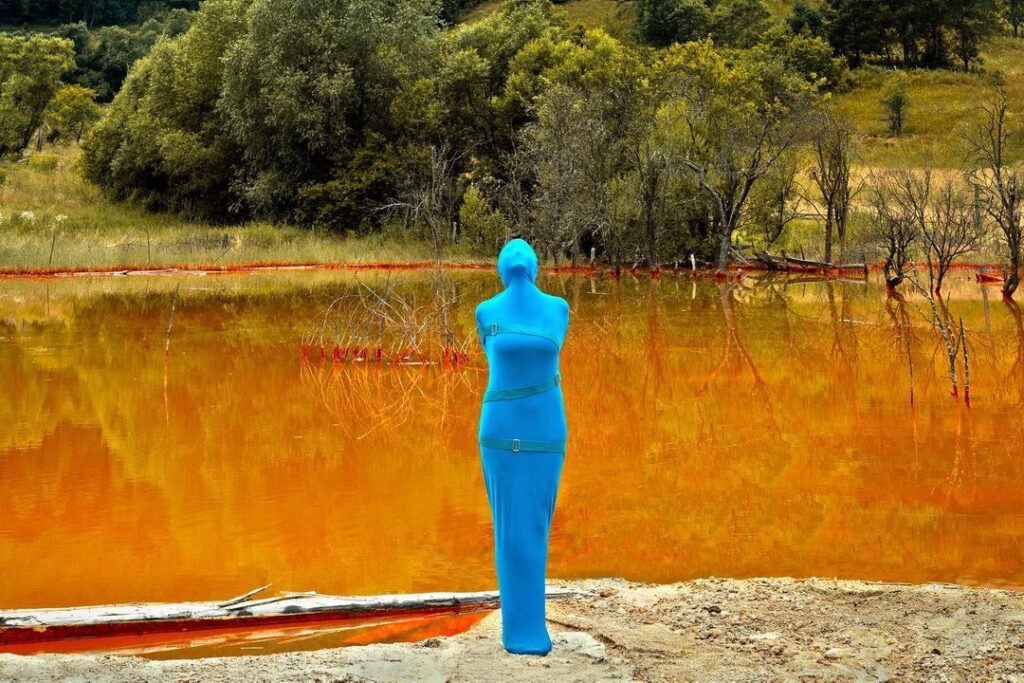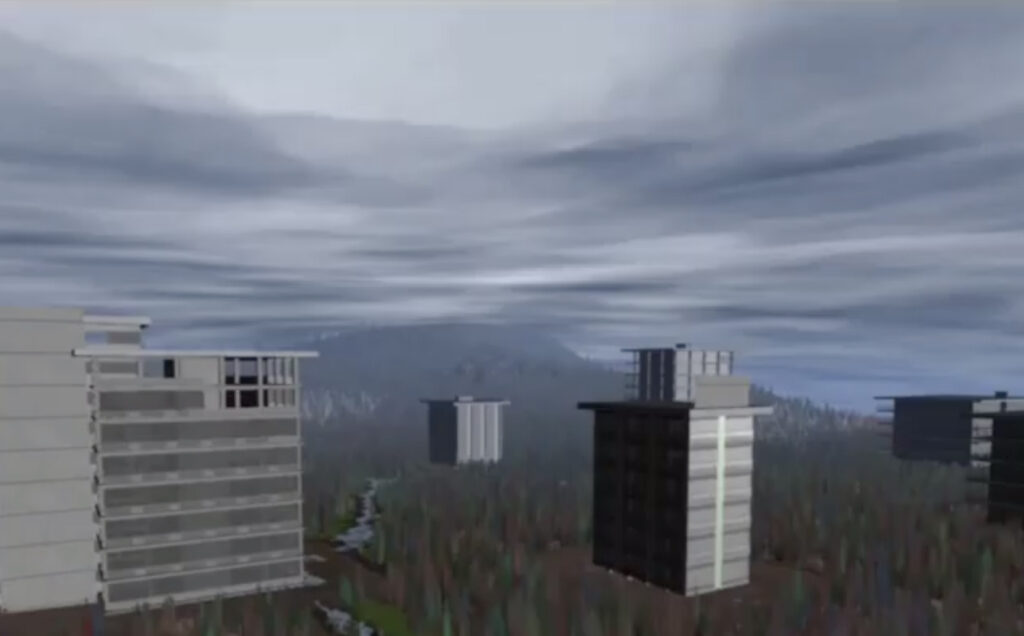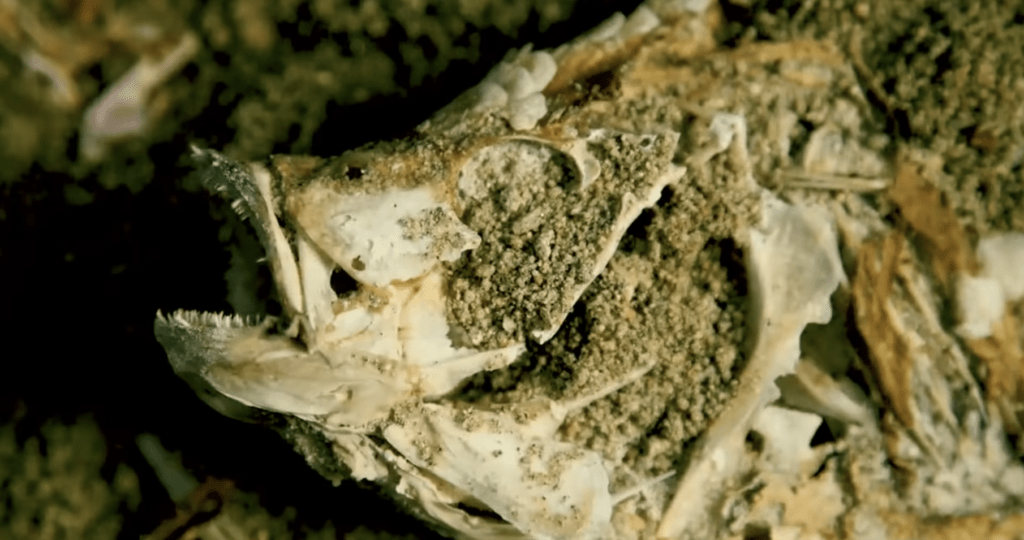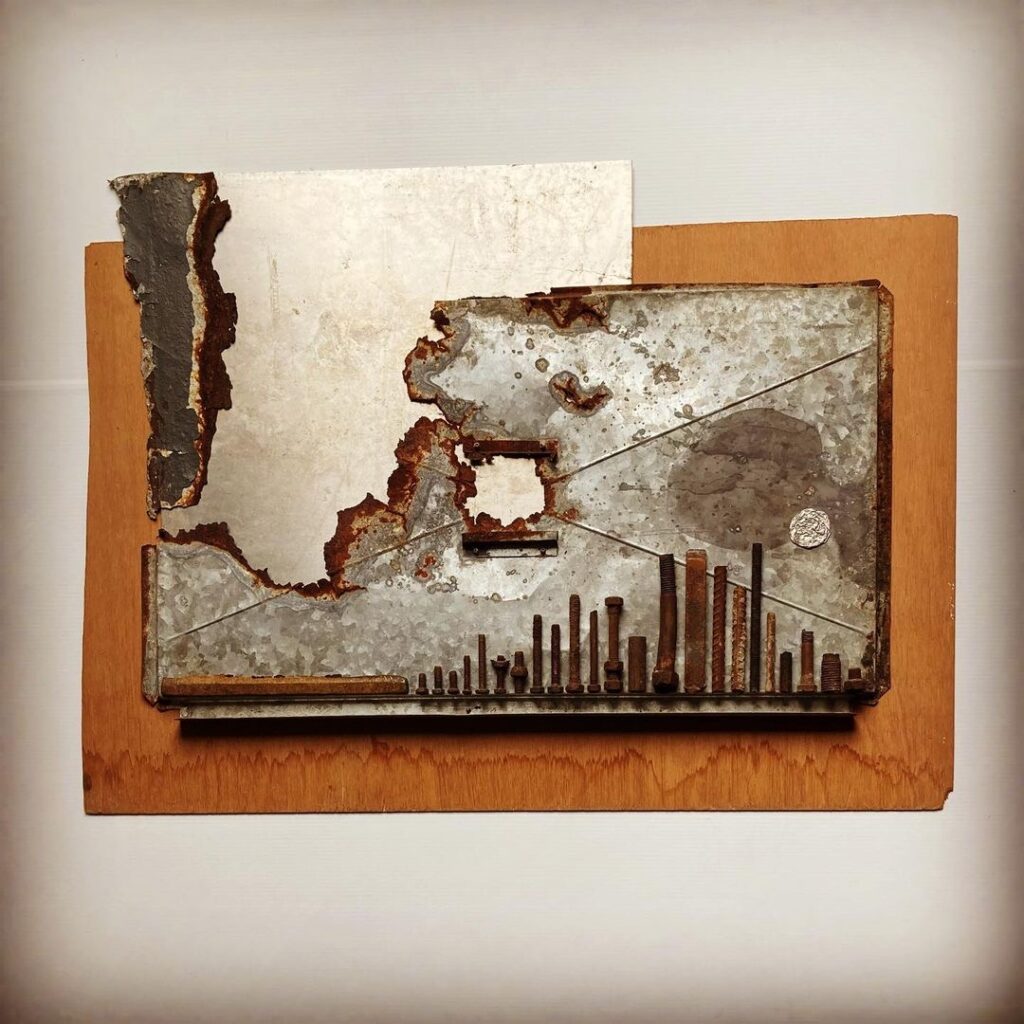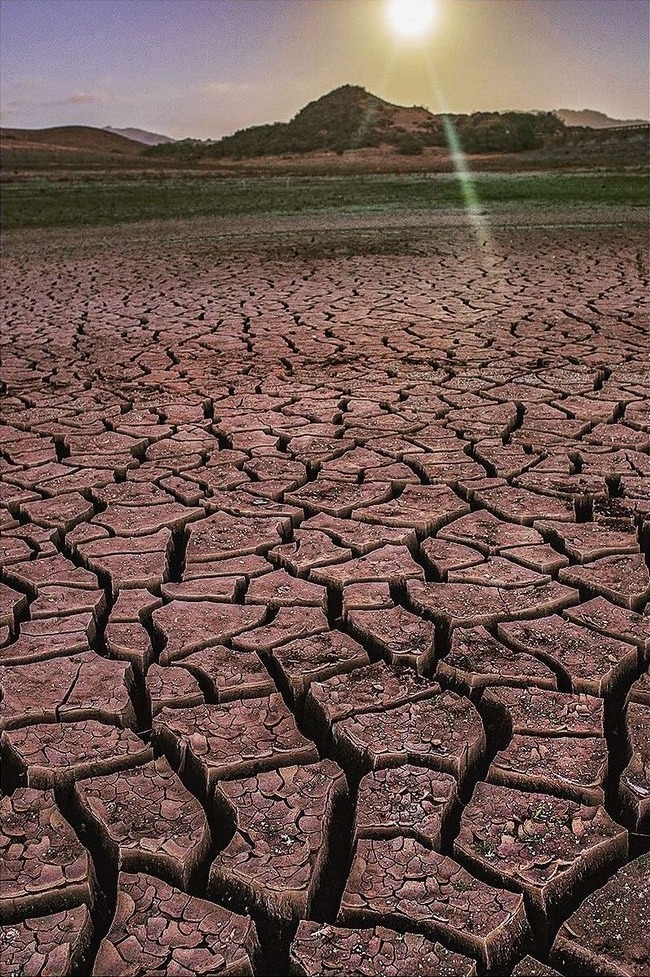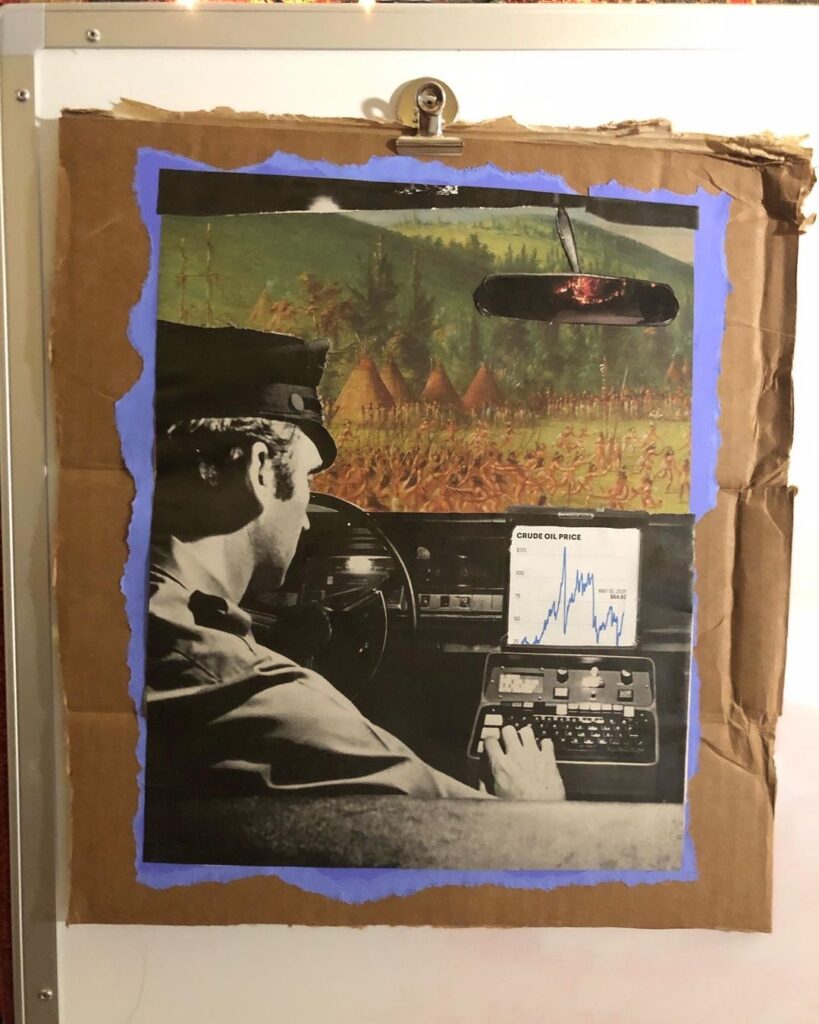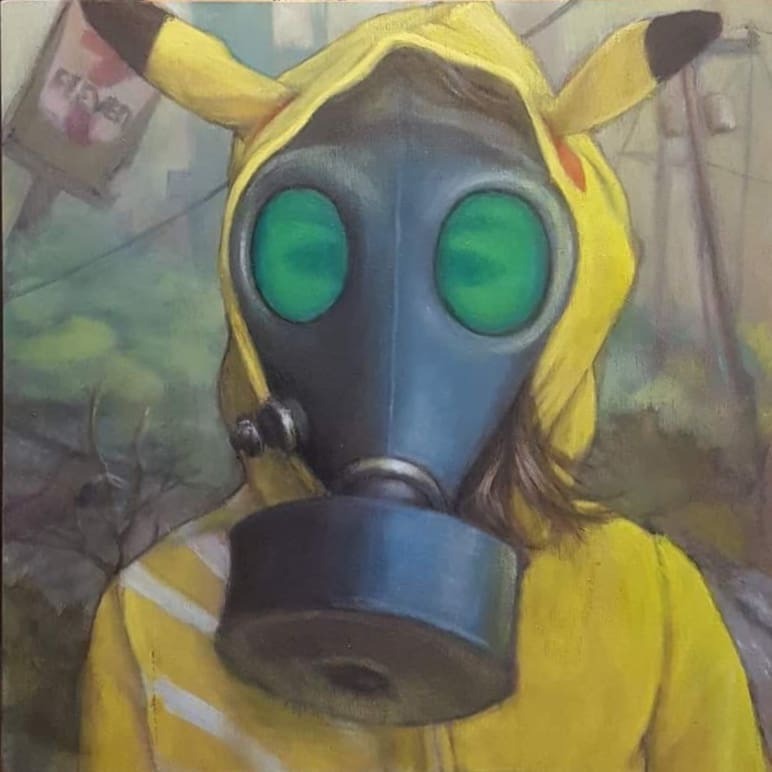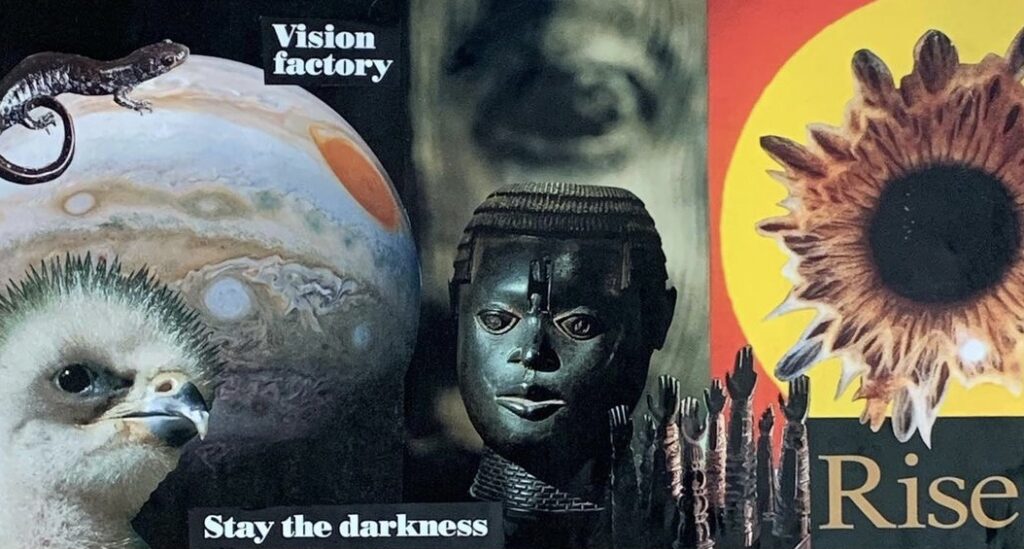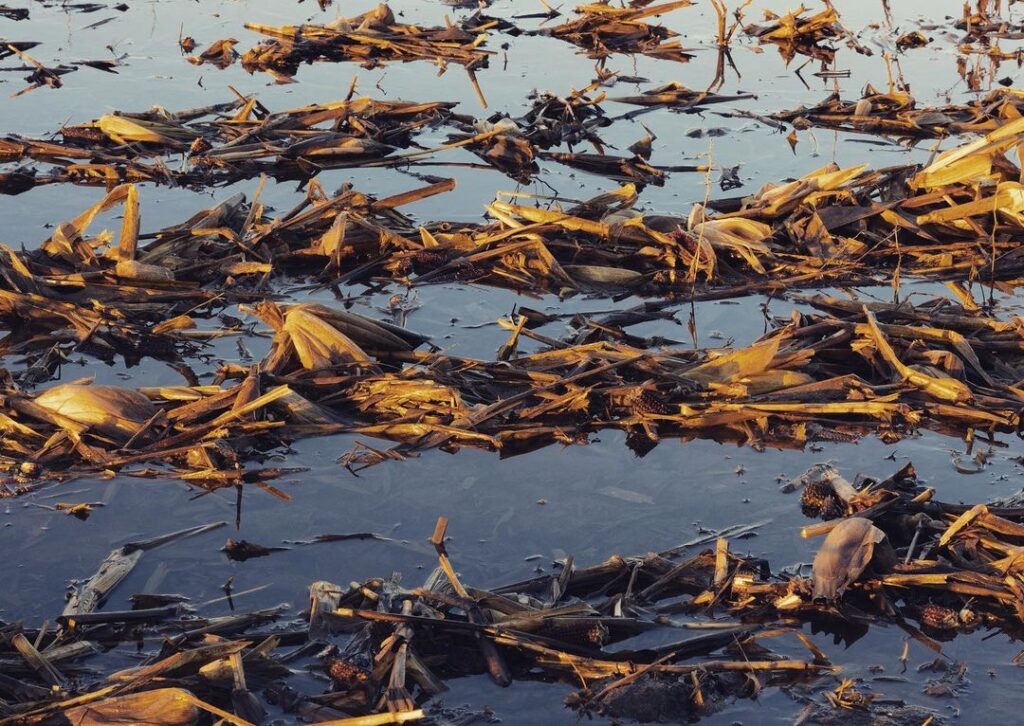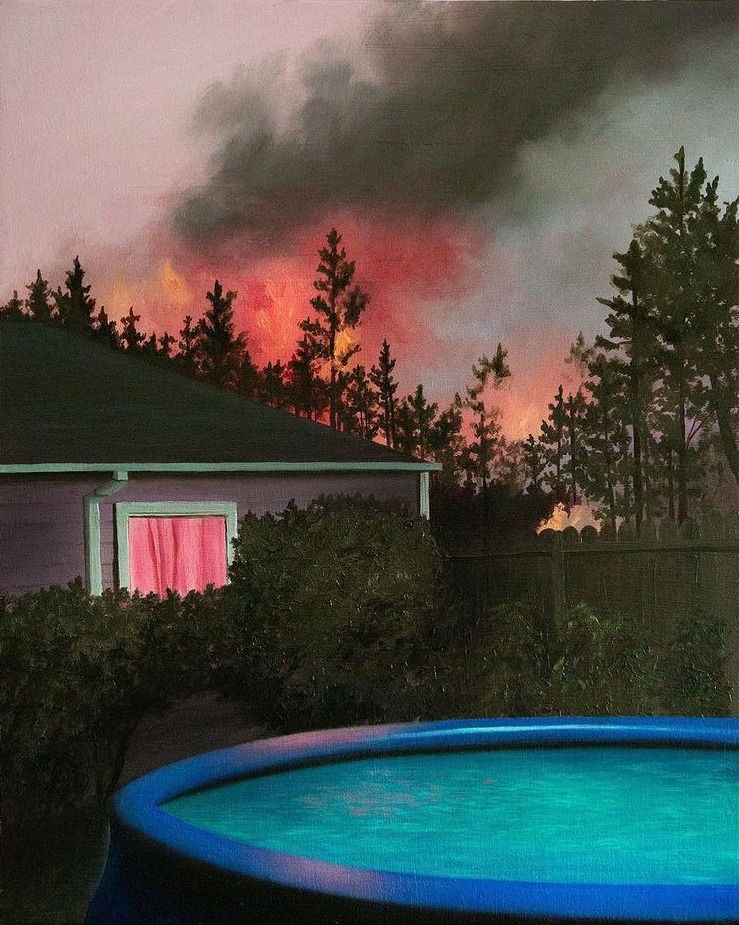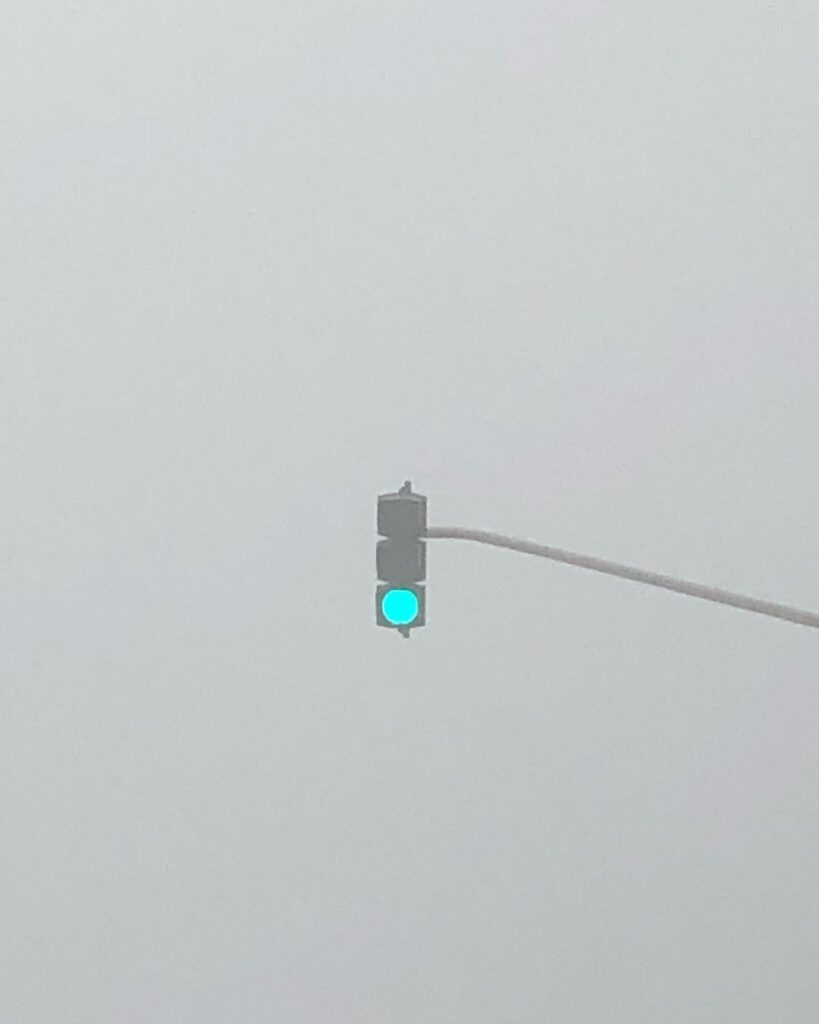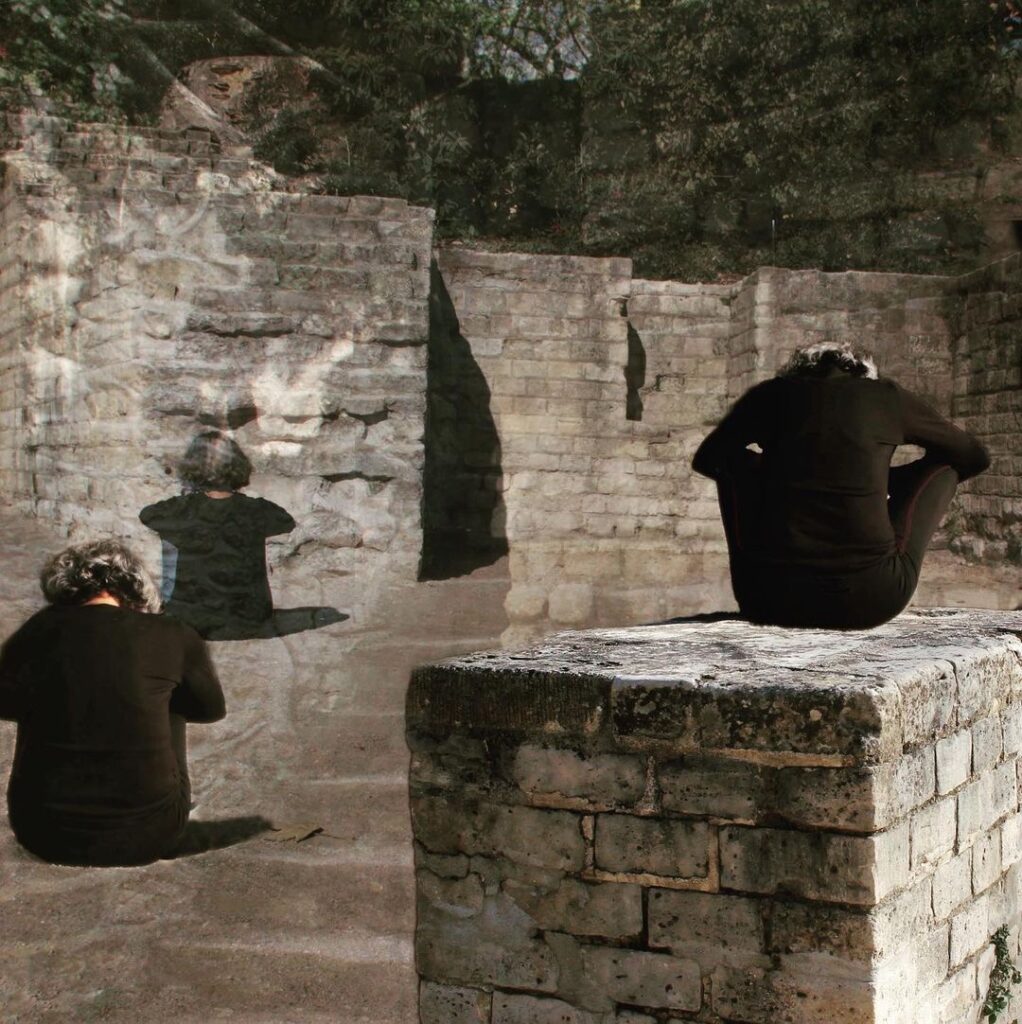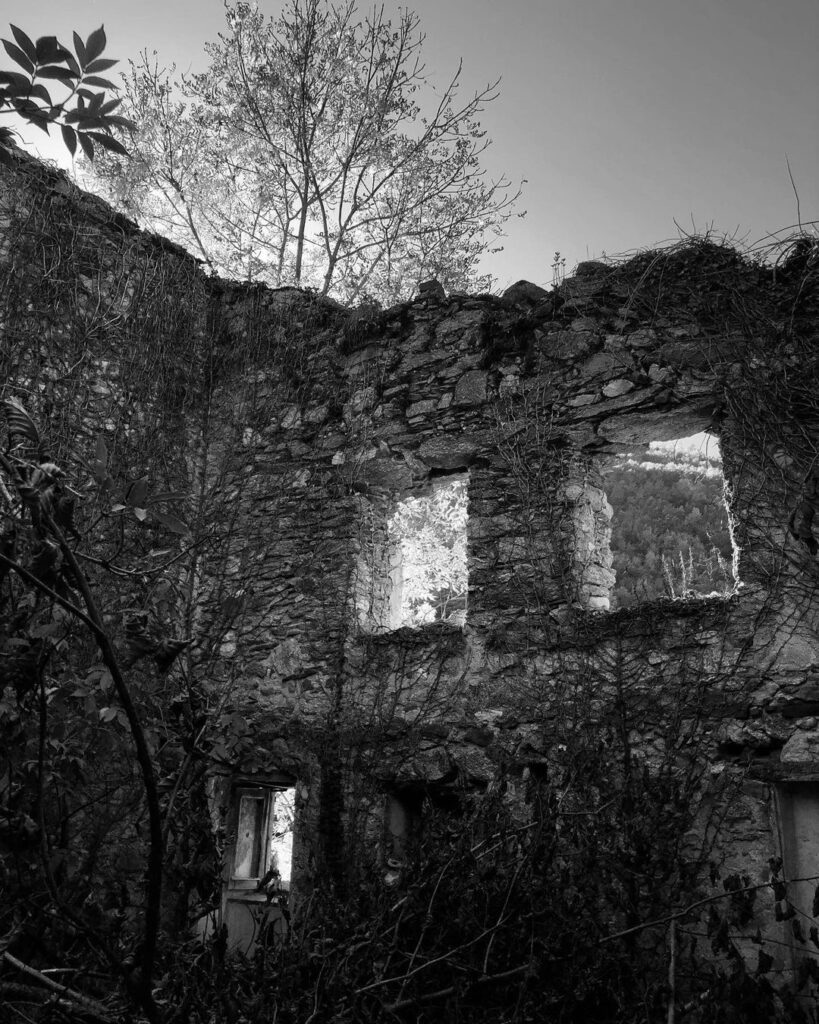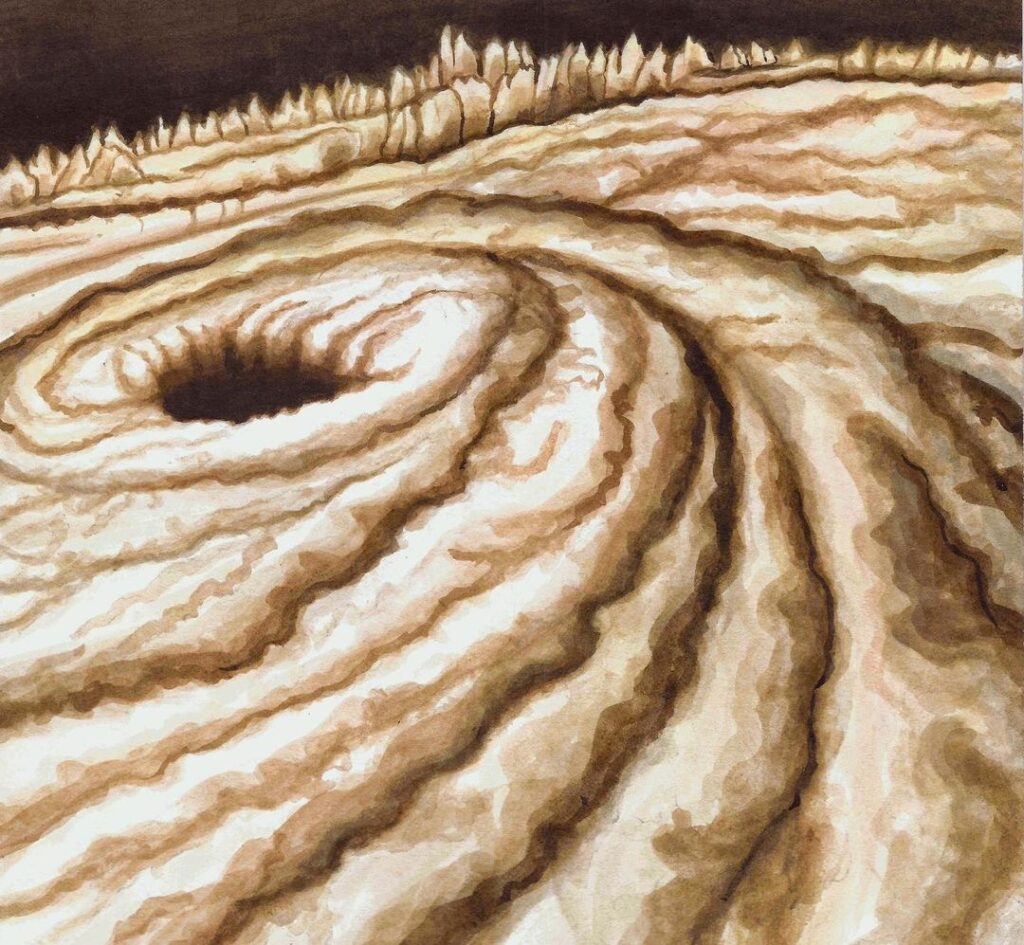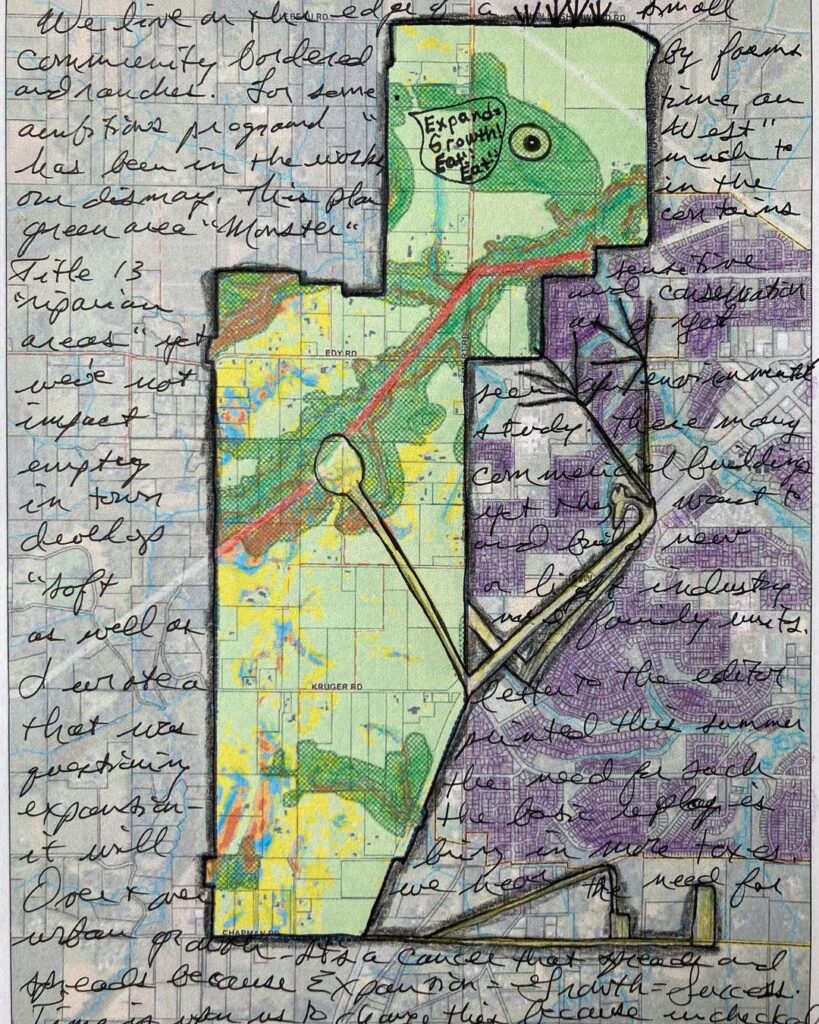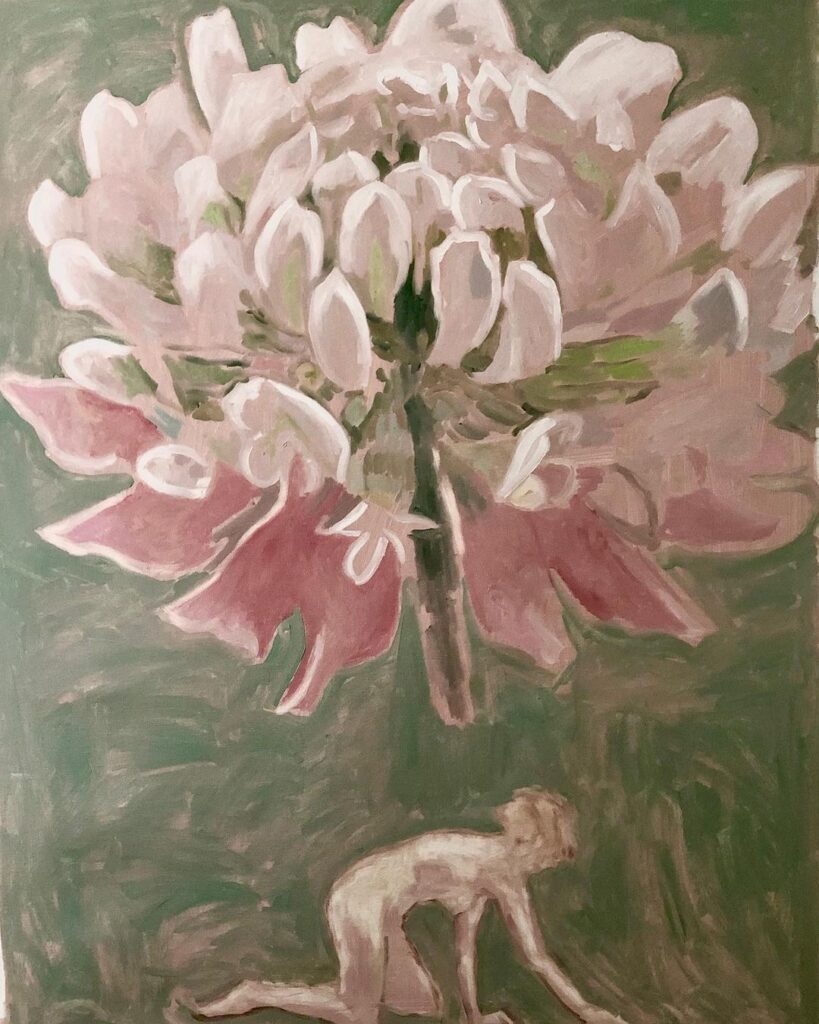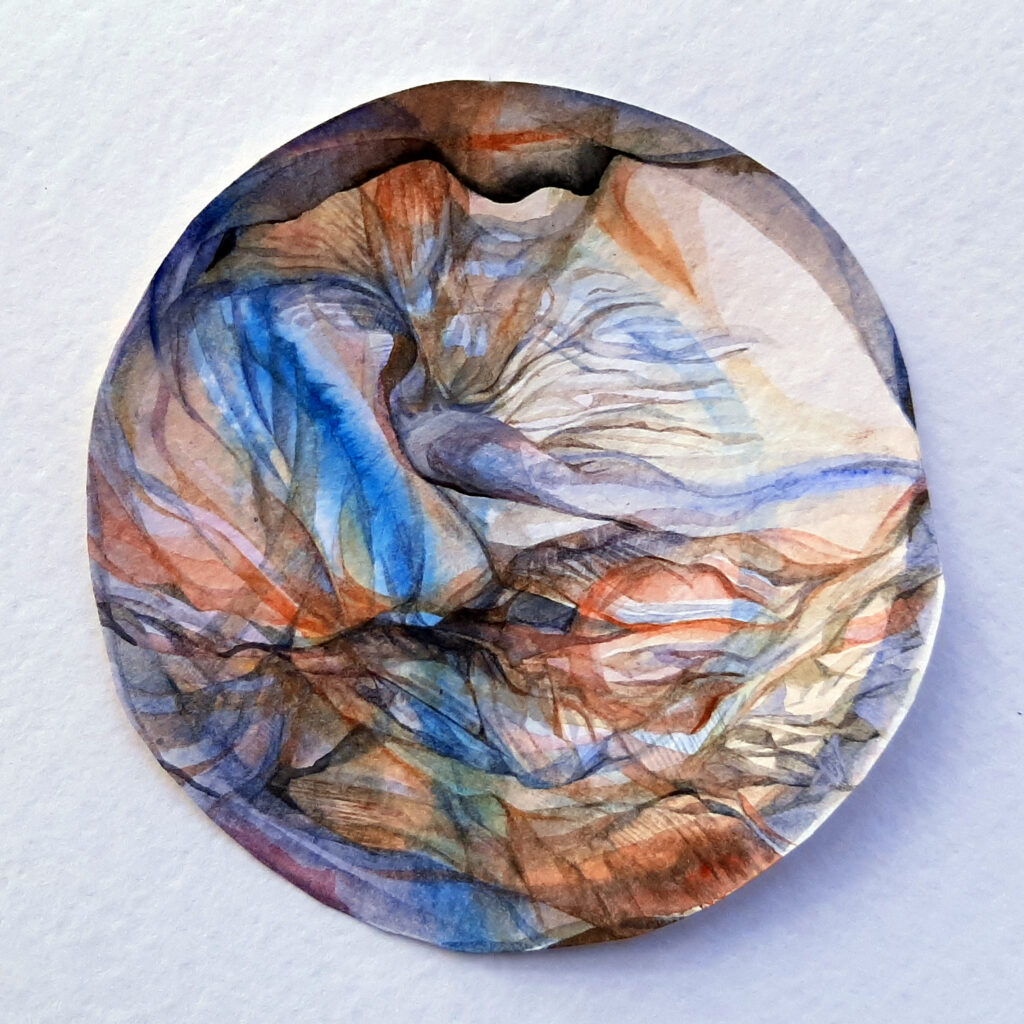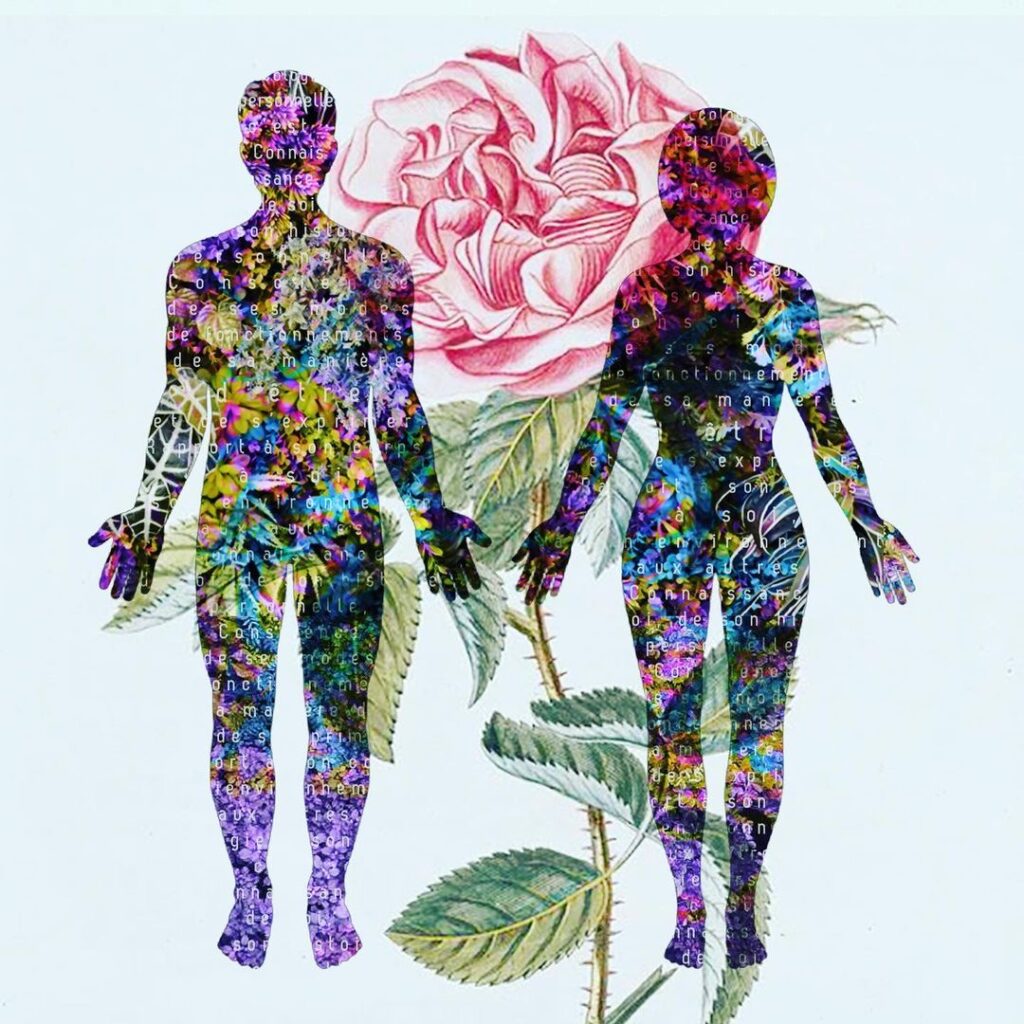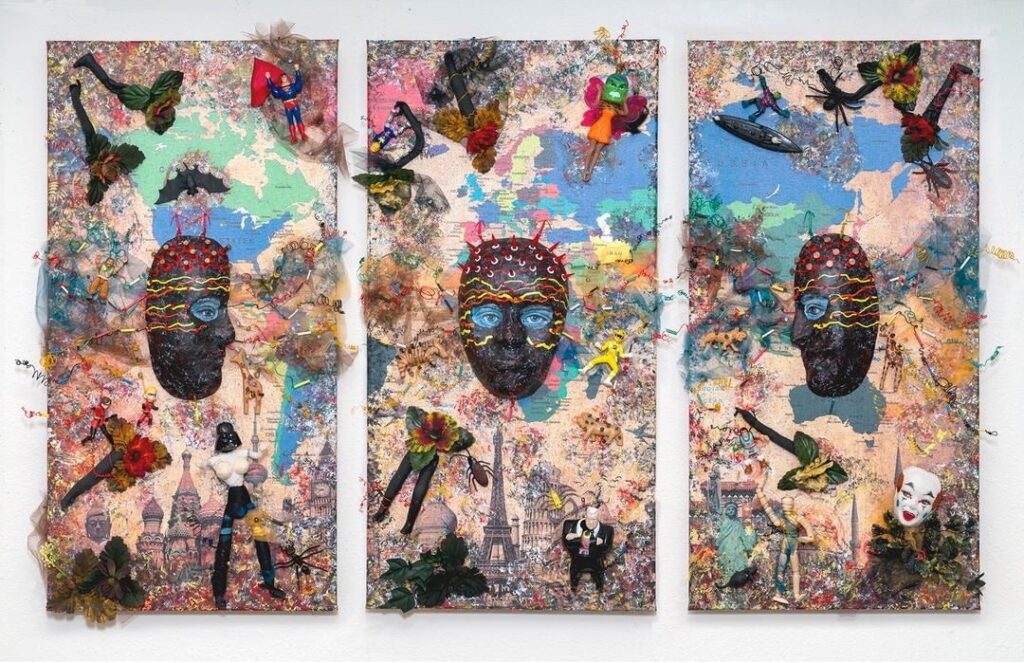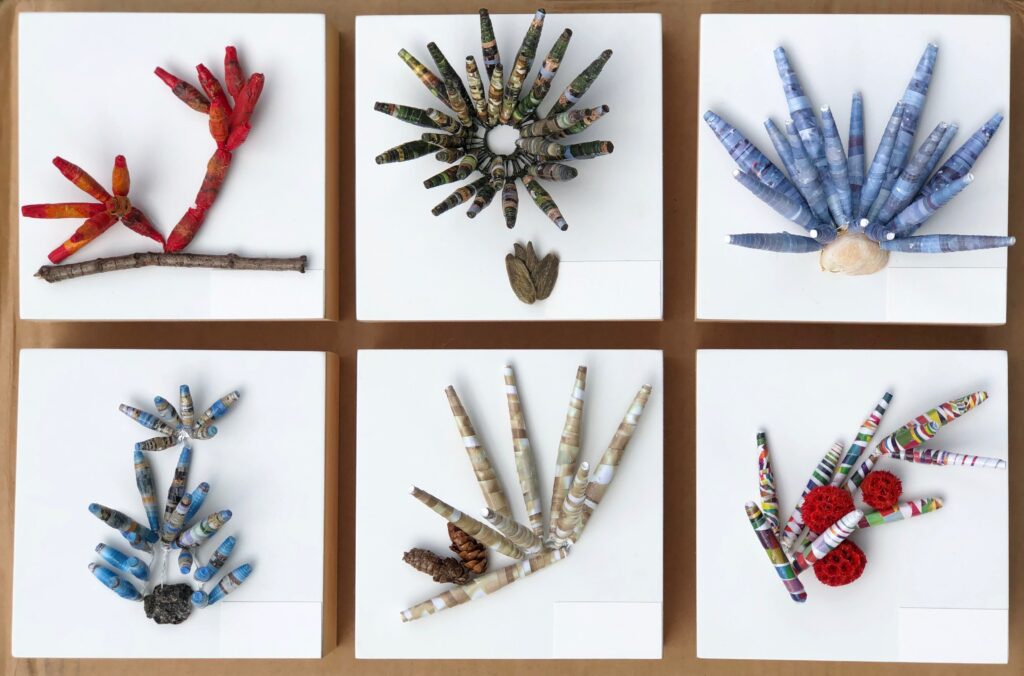This is the 8th What’s Next for Earth online exhibition based on Think Resilience,
a free online course by the Post Carbon Institute.
“Historians have long noted that civilizations appear to pass through cycles of expansion and decline. Underlying the factors that appear to contribute to the collapse of civilizations, there may be a deeper dynamic: the relationship between the ability of a society to solve problems
and the amount of energy it has available to do work.
Unfortunately, most energy production activities are subject to the law of diminishing returns.
At what stage in the cycle of expansion and decline might our own civilization find itself today?”
– Richard Heinberg, an excerpt of the Think Resilience free Online Course, lesson 9: “Collapse”.

